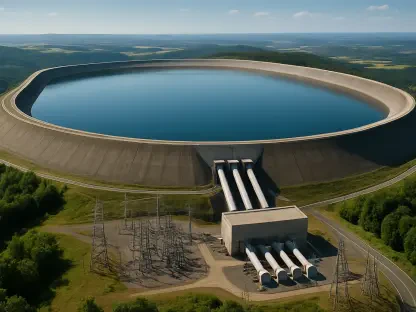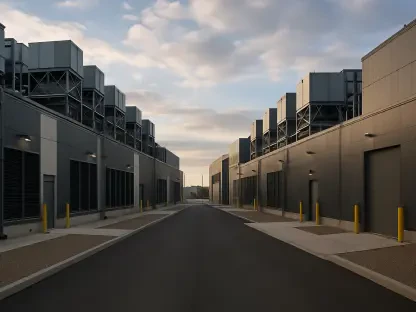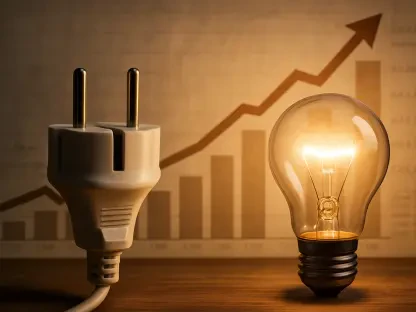What does it mean for a major player in renewable energy to collapse amid evolving market dynamics and unpredictable policy shifts? Sunnova’s recent bankruptcy filing has sent ripples through the solar industry, challenging assumptions about solar energy’s growth trajectory. As the second-largest installer of residential solar installations in the U.S., Sunnova’s financial troubles expose vulnerabilities in a sector often seen as resilient and growing.
Context and Importance
Sunnova’s role in the U.S. solar market bears significant weight; the company not only helped millions transition to renewable energy but also symbolized the broader industry’s potential for growth and innovation. Yet, despite its substantial customer base and increasing revenues, the company’s downfall underscores broader market challenges. Its bankruptcy highlights the impact of shifting government policies, such as tariffs and spending freezes, with predictions previously optimistic now suggesting hesitations over the stability of renewable energy investments.
Analyzing the Core Challenges
Navigating the tumultuous landscape, Sunnova faced high interest rates and inflation, which exerted immense pressure on its profit margins. Furthermore, changing governmental directives added to the unpredictability, with tariffs and legislative freezes complicating forecasting and planning. A particularly influential executive order paused spending authorized by the Inflation Reduction Act, hindering effective financing strategies for many in the renewable sector. This uncertainty proved particularly challenging as the company struggled to attract new loans and maintain its financial stability.
Insights and Expert Perspectives
According to CEO Paul Mathews, unsustainable debt levels ultimately led to the company’s failure, despite efforts to maintain customer service during a precarious transition. Industry experts agree that policy uncertainty played a significant role in the downward trend witnessed across similar businesses. Anecdotes from contractors convey the tangible impacts: halted projects and delayed payments contributed to a ripple effect across the supply chain, demonstrating how quickly financial strain can spread. The accumulation of these pressures led Sunnova to liquidate its assets to different entities such as ATLAS SP Partners and Lennar Homes.
Strategies for Navigating Uncertainty
For companies facing similar challenges, adopting strategic risk management practices appears prudent. Mitigating risks associated with policy shifts and economic volatility begins with diversifying financing avenues and applying meticulous growth strategies. With regulations being fluid, organizations might consider prioritizing stability over aggressive expansion, potentially reconsidering their operations and investments accordingly. By incorporating regulatory insights into business planning, companies could develop adaptive strategies for more resilient financial long-term projections.
As Sunnova navigates its financial restructuring, the broader renewable energy sector must pause and assess its path forward. With Sunnova’s case shedding light on the intersection of policy and business health, the importance of risk adjustment becomes paramount. Learning from these developments, industry players would do well to instigate both operational and financial innovations, setting up for sustained success amid uncertainty. Customers and investors alike should remain attuned to both opportunities and challenges in pursuit of energy solutions reflective of global sustainability goals.









